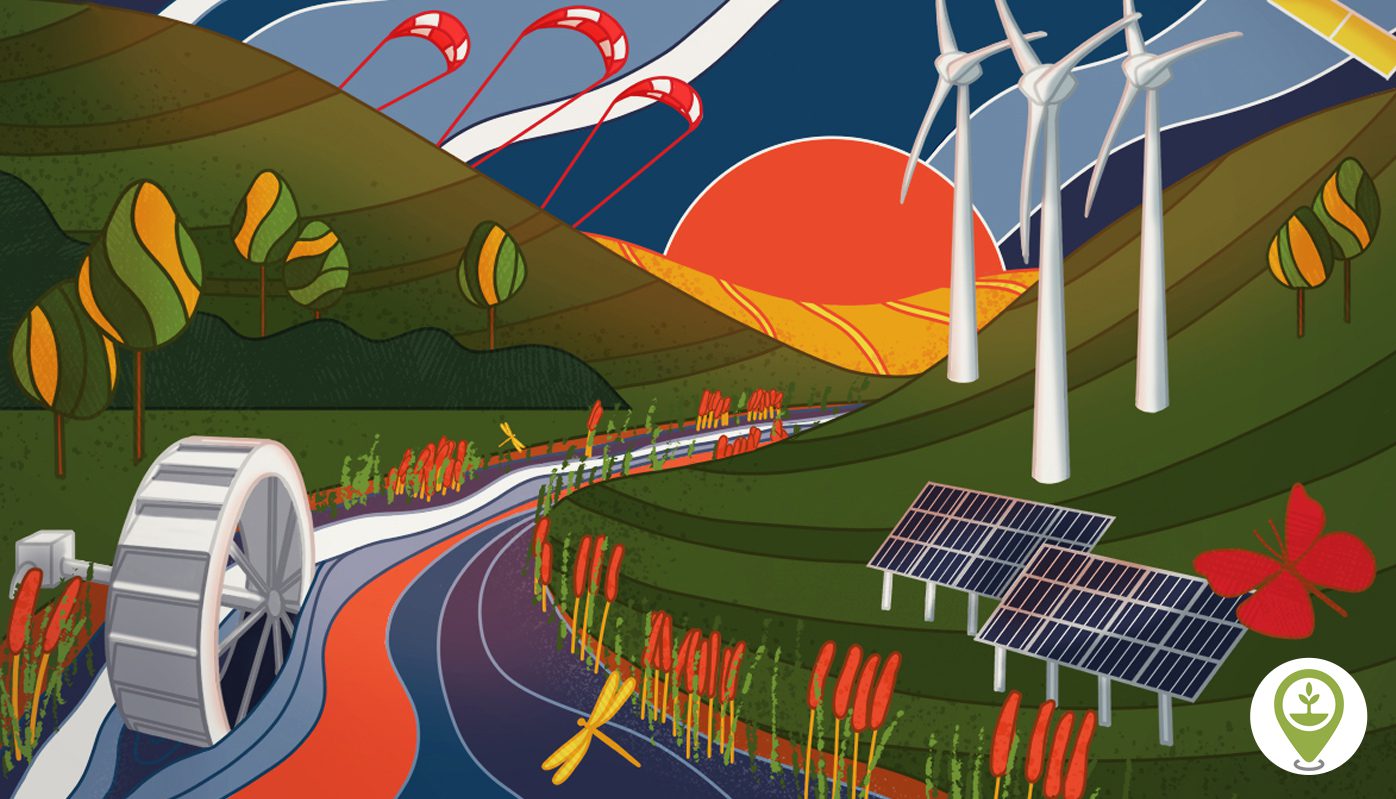Climate change is a pressing issue that requires immediate action. In order to mitigate the effects of global warming, sustainable technologies need to be adopted on a large scale. The top 10 innovative sustainable technologies that could help fight climate change are solar energy, wind energy, geothermal energy, hydroelectric power, bioenergy, green buildings, electric vehicles, sustainable agriculture, carbon capture and storage, and sustainable waste management. These technologies can significantly reduce carbon emissions and preserve natural resources. It is important for governments, businesses, and individuals to work together to implement these technologies and ensure a sustainable future for generations to come.
10 Innovative Sustainable Technologies That Could Help Fight Climate Change
Climate change is more than just a buzzword – it is a very real threat to our planet. The warming of the Earth due to human activities like burning fossil fuels, deforestation and farming has caused devastating consequences such as melting of polar ice caps, rising sea levels, and an increase in natural disasters. It is now more important than ever to adopt sustainable technologies to mitigate the effects of climate change. Below are the top 10 innovative sustainable technologies that could help fight climate change.
1. Solar Energy
Solar energy is one of the most well-known and widely adopted renewable energy sources. It uses photovoltaic (PV) panels that convert sunlight into electricity. With the advancement of technology, solar panels have become more efficient and cost-effective. Solar energy can help reduce the carbon footprint of buildings and can be used for household applications as well.
2. Wind Energy
Wind energy is another well-known renewable energy source that harnesses the power of wind to generate electricity. It involves the use of turbines that are placed in regions with high wind speeds. The rotational energy of the blades is then converted into electricity. Wind energy has become an increasingly popular source of electricity worldwide.
3. Geothermal Energy
Geothermal energy is sourced from the geothermal heat of the Earth, usually at depths of several kilometers. It involves drilling deep into the ground and tapping into the heat and steam to generate electricity. Geothermal energy has very low CO2 emissions and is a sustainable and reliable source of energy.
4. Hydroelectric Power
Hydroelectric power is a type of renewable energy that uses the power of falling or moving water to generate electricity. It usually involves building a dam to hold water in a reservoir, which is then released through turbines to generate electricity. Hydroelectric power is considered to be one of the most reliable and consistent sources of energy.
5. Bioenergy
Bioenergy is a renewable energy source that is derived from organic matter. It involves the use of plants, waste materials, and other organic sources to produce energy. It provides an alternative to fossil fuels and has very low carbon emissions. Bioenergy has the potential to reduce greenhouse gas emissions and improve energy security.
6. Green Buildings
Green buildings are designed to use resources efficiently and minimize their carbon footprint. They incorporate sustainable technologies such as green roofs, solar panels, and energy-efficient lighting and appliances. Green buildings can significantly reduce energy consumption and CO2 emissions.
7. Electric Vehicles
Electric vehicles (EVs) are powered by batteries instead of gasoline or diesel. They produce no tailpipe emissions and are considered to be a cleaner and more sustainable form of transportation. EVs have become more affordable and have longer ranges, making them a viable option for many people.
8. Sustainable Agriculture
Sustainable agriculture practices help farmers reduce their carbon footprint and preserve natural resources. Practices such as crop rotation, conservation tillage, and precision farming can help reduce greenhouse gas emissions and increase soil health.
9. Carbon Capture and Storage
Carbon capture and storage (CCS) is a process that captures carbon dioxide emissions from industrial processes and stores them underground. CCS can help reduce emissions from power plants, cement production, and other industries. It is an important technology for reducing carbon emissions from sources that are difficult to decarbonize.
10. Sustainable Waste Management
Sustainable waste management involves reducing waste and improving recycling and composting. It can help reduce greenhouse gas emissions and conserve natural resources. Sustainable waste management practices such as reducing single-use plastics, increasing recycling rates, and implementing composting programs can have a significant impact on carbon emissions.
Conclusion
Climate change is a complex issue, but adopting sustainable technologies is a crucial step in mitigating its effects. The technologies listed above have the potential to significantly reduce carbon emissions and preserve our planet for future generations. It is up to governments, businesses, and individuals to work together to implement these technologies on a large scale.
